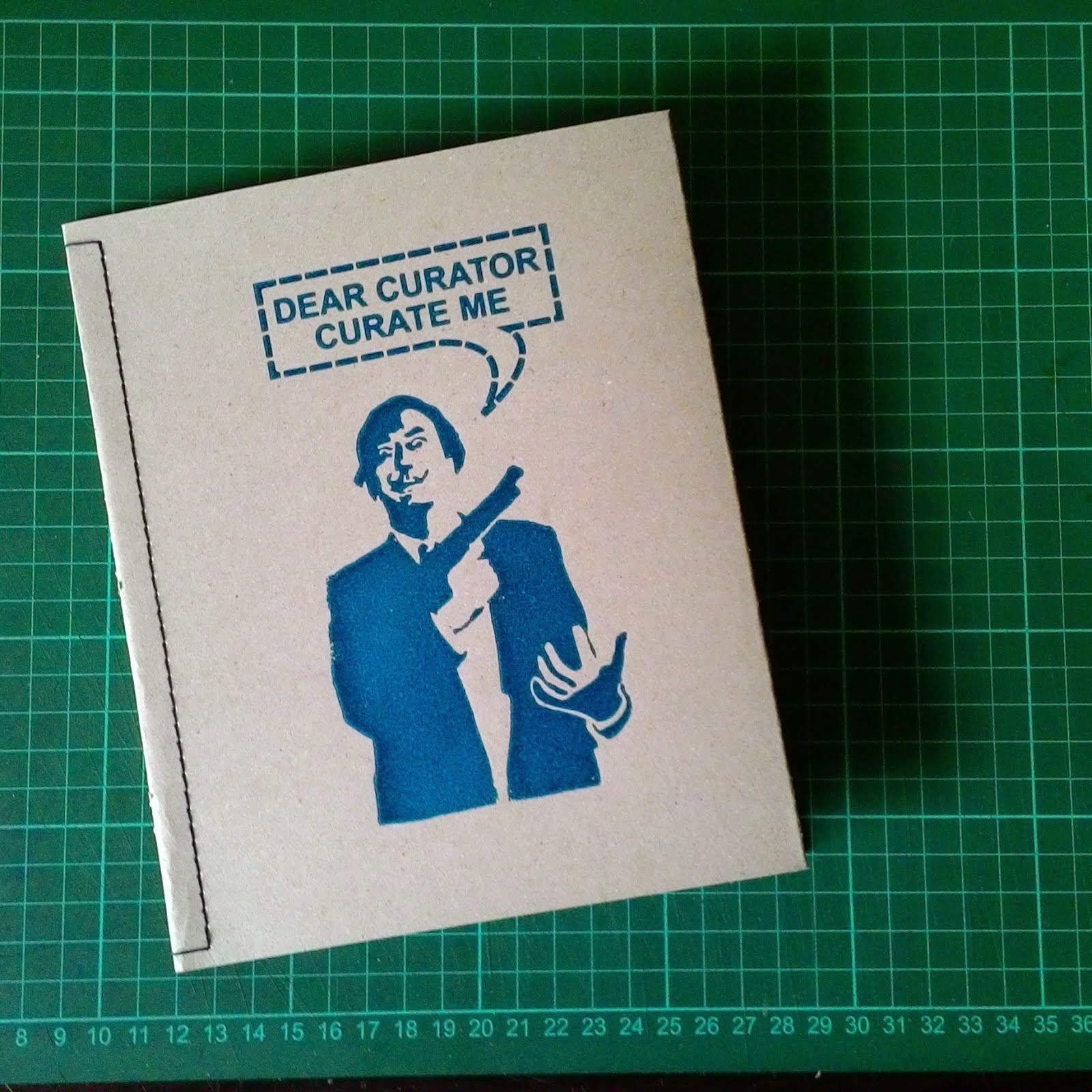Mei Suling, designer at Oma Anna,
created a Roma Arts logo.
Roma Arts, founded in 2011 by Bandung-based art
writer Roy Voragen, promotes passionate, ambitious and focused ways of
producing, presenting, experiencing, and writing about the diverse forms of the
contemporary arts in Indonesia. Roma Arts gives keen attention to art
practices, forms of presentation, experiencing the arts, and discourses on art.
Roma Arts organizes workshops, artist talks, seminars and roundtable
discussions in collaboration with, thus far, Oma Anna, Selasar Sunaryo Art
Space and Common Room Networks Foundation. In 2012, Roma Arts started a
residency program to foster creative person-to-person contacts. Roma Arts had
so far guests from Japan, Singapore and the Philippines (Roma Arts collaborates
with Manila-based artist initiative space 98B). Artist-in-residents have the
option to do a site-specific project at Roma Arts or make an exhibition
elsewhere, for which Roma Arts collaborates with existing art spaces (in 2012
Roma Arts organizes an exhibition at the French cultural institute IFI in
Bandung and in 2013 at Selasar Sunaryo Art Space, options for an art space will
depend on the needs of a particular artist). Furthermore, Roma Arts mentors
young and upcoming artists to help them create and exhibit a project.































































